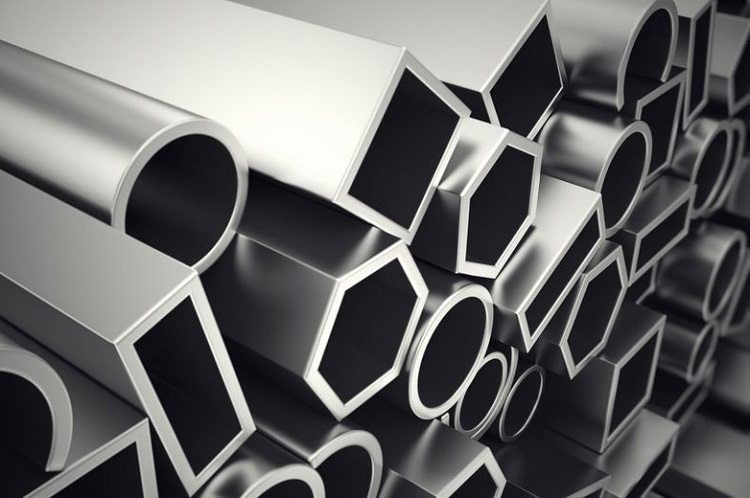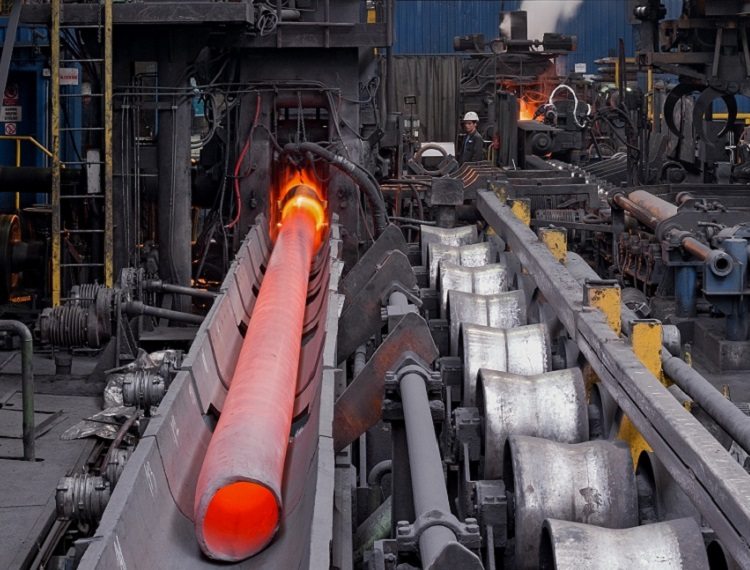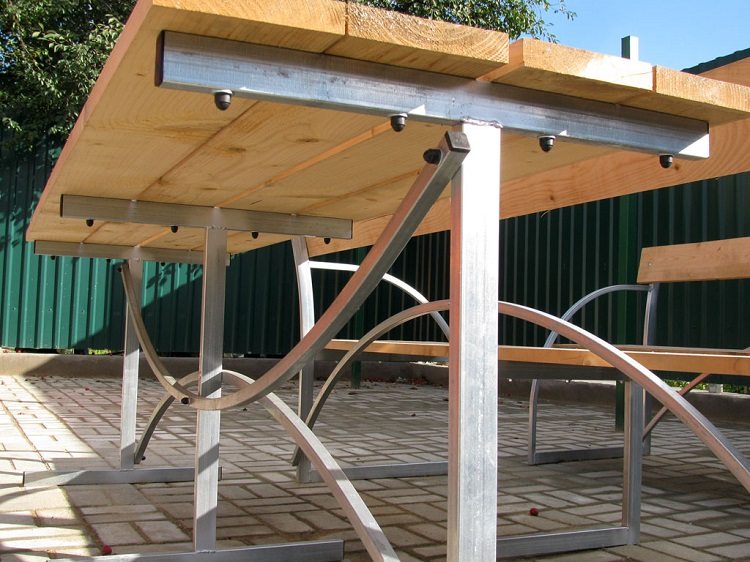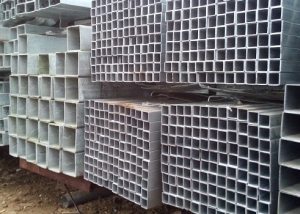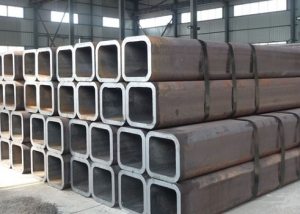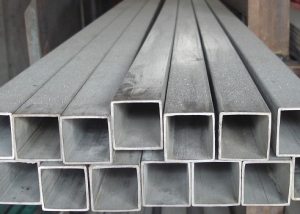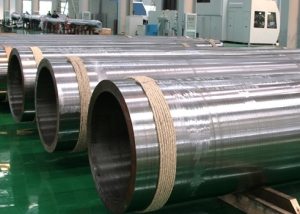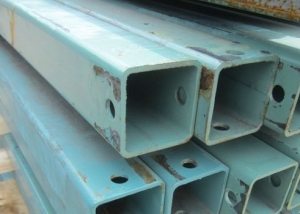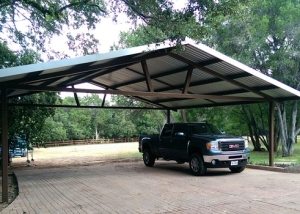Profile pipes are a very popular product in the construction equipment market. They are mainly used as a replacement for heavier and more expensive metal beams, channels and reinforcing corners.
Such pipes are different in cross-sectional shape and chemical composition of the metal. To choose the right product, you should familiarize yourself with the full range of features of each type.
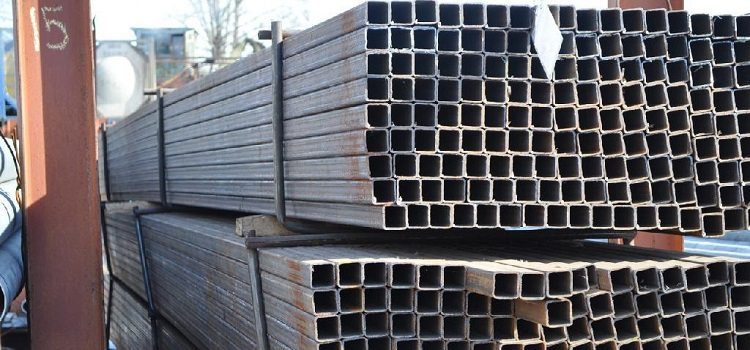
Steel profile pipes are durable products used in various fields of construction and the national economy
Content
Main characteristics
A profile pipe is a metal tubular product belonging to the class of profile metal rolling.
It is made by welding or rolling on a special mill.
A specific feature of such pipes is their unusual shape. Basically, they can be square or rectangular, which gives them an advantage in strength and the ability to withstand impressive static loads due to the presence of four stiffeners.
Important! But such equipment cannot be used for transporting liquids and gases, supplying cold and hot water, providing heating and ventilation of rooms. But the pipe is perfect as support beams and partitions.
Their production and implementation is regulated by various types of standards, the main of which is GOST. Some manufacturers, demonstrating the particularly high quality of pipes and the professionalism of workers, also provide additional certificates. When buying such a product, you should pay attention to several factors: price, quality certificates, wall thickness, chemical composition. It directly depends on whether this product can be used for your purposes. In addition, pay attention to both the seller and the manufacturer.
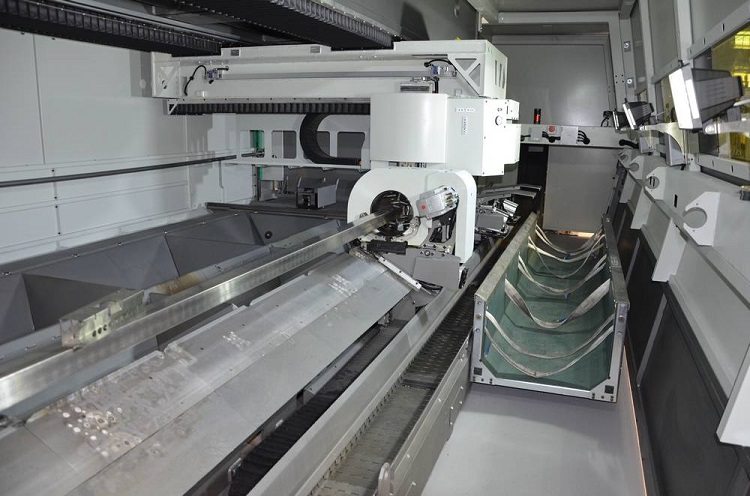
The production of shaped pipes is carried out in accordance with the state standard - GOST, it is developed for each type of similar products
Benefits
The profile pipe has gained its popularity in the market of construction and repair equipment due to its many advantages. Among them, the main ones are:
- simple algorithm for installation work. Convenient square shape makes it easier to fix the part in place, and light weight, compared with analog reinforcing parts, helps save time and effort of installation workers;
- universality. Such a pipe can be installed in buildings of any size and purpose. It can be anything - from apartment buildings - to supermarkets and commercial buildings;
- relatively low cost. As mentioned above, the assortment of profiled products is most often used as a replacement for reinforcing elements, which are more expensive and heavy;
- high strength. Metal in itself is a very strong and dense material. A pipe made of stainless steel is resistant to mechanical damage and weight loads;
- resistance to adverse effects of extreme temperatures. For such pipes, neither heat nor frost is terrible, since the metal has a very high melting point and a very small coefficient of linear expansion;
- comfortable shape. This greatly simplifies loading / unloading, transportation and installation of profile products.
In addition, such a range is able to provide innovative engineering and design solutions.
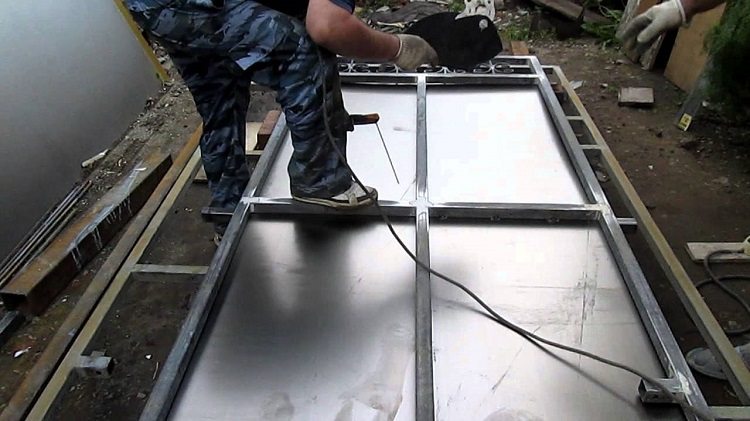
Creation of structures from profile pipes is carried out using conventional welding, which allows you to work even at home
disadvantages
Despite its advantages, a profile pipe, like any product on the construction market, has its drawbacks. They must be taken into account when choosing equipment for your design, since the purchase of low-quality or inadequate products from the customer can lead to unnecessary costs of time and money.
The main disadvantage of such pipes is the difficulty in bending. If you are building, for example, a gazebo, most likely you will need bend pipesthat will serve as its basis. Do it yourself will be very difficult. Without sufficient knowledge and experience, there is a risk of deforming the pipe and simply ruining the part. Therefore, in this case, it is better to use the help of a specialist. In addition, you will need special equipment - a pipe bender.
Important! A home-made manual device of this type is unlikely to cope, it is suitable for round pipes, and with a profile one it is somewhat more complicated. When working with it, you need maximum accuracy and caution.
Another problem is corrosion. It is due to the fact that the profile pipe is made mainly of ferrous metals. However, this drawback is easily eliminated by galvanizing. This process is carried out at the factory and is also strictly regulated by GOST.
Classification
In order to better understand the equipment and choose the one that would suit your requirements, you should familiarize yourself with the entire product range.
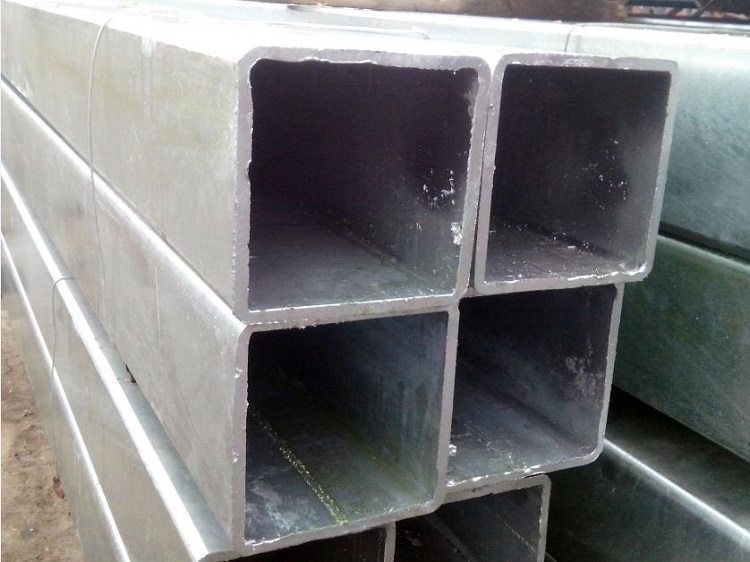
Steel pipes have greater strength than aluminum, and therefore are often used for supporting structures
So, products are classified immediately according to several principles:
The material from which this assortment is made. This affects in which cases one or another type can be used and what volumes, types of loads it is able to withstand. Regarding this principle, the assortment of rolled products is distributed into:
- Steel. They are made of special alloys of carbon steel, due to which such pipes are strong, durable, not subject to the development of destructive processes due to corrosion.
- Galvanized. These parts included in the assortment of profile products are made of ferrous metal and coated with a protective layer of zinc, which prevents the development of corrosion and, as a consequence, its destruction.
- Aluminum. Such pipes are resistant to destruction, but less durable and not able to withstand very large static loads. Aluminum is a soft metal, so such equipment is not suitable as a replacement for reinforcing load-bearing structures.
Sectional shape. This criterion has a similar meaning. According to this principle, the assortment is divided into many classes, among them:
- standard: rectangular, square. Such pipes are used in the construction and repair of buildings, bridges, towers and towers. They are able to withstand heavy loads and are easily mounted, transported and stored due to the angular shape;
- non-standard: Teardrop-shaped, segmented, polygonal (from 6 to 8 angles), triangular. They are also used in construction, but mainly for finding unusual architectural solutions;
- flat oval. Their scope is similar to standard-shaped pipes, but more often oval pipes are used for the construction of small and light-weight structures (awnings, arbors, children's swings, carousels, metal trainers).
Manufacturing method. The technical characteristics, operational strength properties and chemical composition of the product directly depend on this.The entire manufacturing process is certainly monitored at each stage and is regulated by state standards. According to this criterion, pipes are divided into:
- cold deformed. Such a steel pipe is made by the method of seamless deformation in a special compartment of the molding mill. After the product has passed all stages of production, it is subjected to heat treatment to check the strength characteristics and reduce internal stress;
- hot deformed. They are produced using similar technology. The main difference between this type of rollers is that the deformation takes place at high temperatures;
- electric welded. They are made of steel sheets by welding. Pipes of small diameters have a single seam, and large-sized pipes have a double seam. This is done so that the square part has a higher level of protection against damage.
Important! Due to its seamlessness, two types of non-welded profile pipes have greater strength than, for example, electric-welded analogues, since they do not have a weak point - a seam.
Wall thickness. Pipes having different wall thicknesses differ in scope and cost:
- thin-walled - the cheapest type of steel pipe, they are less durable and able to withstand lower loads;
- thick-walled, suitable for more massive structures. Such a steel profile pipe is used as load-bearing beams of medium-load structures;
- especially thick-walled. The range of such steel profile pipes includes products that can withstand the most severe loads. They are more durable and are particularly durable. However, on the other hand, such steel profile pipes (square or rectangular) will cost an order of magnitude more expensive, since they have a higher metal consumption.
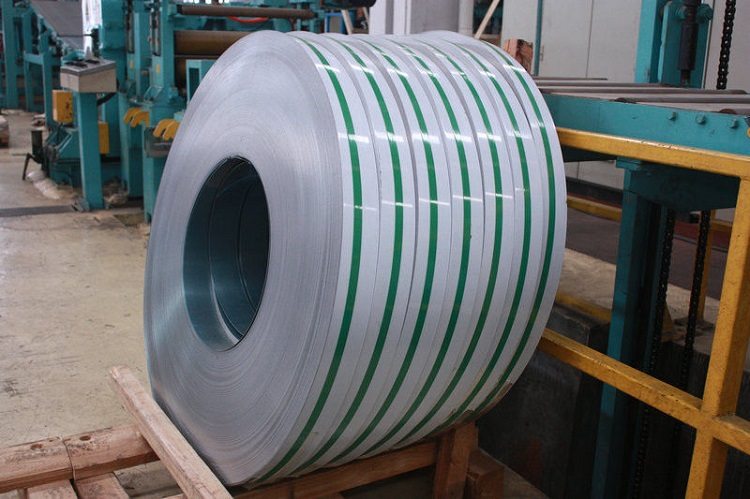
Welded pipes are formed from steel strips (strip), the dimensions of the future product depend on the width of which
Length. According to this criterion, the goods are divided into two classes:
- steel profile pipes (rectangular or square) of measured length. This means that it is possible to purchase pipes of only a standard fixed length (often 6 or 12 m);
- steel profile pipes of unmeasured length. In the assortment of such parts are those that can be bought divided into segments of any length, varying from 2 to 12 meters.
In the event that you use profile pipes for non-standard solutions or work with objects of increased complexity, pipes of unmeasured length are more suitable, since using them you will significantly save money on material.
Production process
Such a pipe, like any metal rolling, can be made in several ways.
The first is welding.
The process itself consists of several stages:
- First, metal sheets are fed to the conveyor using rollers and rollers, they are checked for rust and scale, eliminating such defects if necessary.
- Then these sheets are cut into strips, which are subsequently welded together using electric welding equipment.
- After the welding step, the rectangular part is cooled and tested for compliance with all declared GOST standards.
The second way is seamless production.
In addition to electric-welded, a square profile pipe can be cold-deformed and hot-deformed. The essence of the deformation method is that the preform takes the desired shape, passing through the compartment of the molding mill. This is a seamless manufacturing technique. Cold deformation differs from hot deformation in that pipes made in the second way are produced under conditions of high temperatures and pressure.
There is a third method of production. It is combined. According to this technique, pipes are made in several stages:
- Making a strip - a special blank of steel sheet.
- Welding workpiece. As a draft, a conventional round electric-welded pipe is used.
- Profile formation. A profile pipe with stiffeners is formed from a round billet using a molding mill with rolls. The corners of such a product will be smoother, and the shape may be square or rectangular.
At the end of the deformation in the production, additional verification and control are carried out, as well as they remove the internal stress in the pipes.
Scope of application
The profile pipe has a convenient shape and attractive appearance, while possessing strength and a high level of wear resistance. It is precisely because of these qualities that it is used in almost all branches of industry and the national economy. Literally any designs with a frame support are made of such pipes.
Most often, a rectangular pipe is used in the construction of residential buildings and commercial buildings. It perfectly replaces metal beams, corners, beams and channels, while being lighter and cheaper. In strength, the profile square part is not much inferior to reinforcing elements, since it is equipped with stiffening ribs, and the square shape allows it to withstand large static loads and mechanical stress.
In addition, profile products are widely used in mechanical engineering (primarily for flat-oval cross-section pipes made by deformation) as parts of heavy agricultural and industrial equipment.
Even in light industry, specialized products are used. Often, a square, oval or rectangular part becomes a material for decorative furniture (tables and tables, decorative structures, partitions, niches), garden buildings (arbors, awnings and more).
Marking and Standards
As mentioned above, at the end of the production process, all types of profile pipes undergo special testing for compliance with the stated GOST standards.
The main technical characteristics and properties of these products are regulated by the following standards:
- GOST 8639-82 - square pipe;
- GOST 8645-68– it regulates a rectangular pipe;
- GOST 8642-68 - defines the properties of flat oval parts.
It's important to know! Of great importance is the material from which the pipe was made.
When buying equipment, pay attention to what steel grades were used. It can be:
- St2kp, St2ps, St2sp, St4kp, St4ps, St4sp (according to standard No. 380);
- 08kp, 10ps, 10, 20, 35, 45 (in accordance with the requirements of standard No. 1050).
As for the chemical composition of profile products, data on it can be extracted from the marking designations. Take, for example, marking pipes 09G2S profile. In this designation:
- 09 stands for percentage of carbon in the alloy (0.09%);
- G denotes the maximum content of manganese (in this product it is 2);
- C means a silicon content not exceeding 1%.
The pipe section is also standardized. It varies from 15x15 to large products with a diameter of 450x350.
In addition, wall thickness is also regulated. It can be 1 mm for the most thin-walled profile products and the maximum value can be 12 mm.
Profile pipes are products in high demand. They are produced in a wide assortment, of various sizes and shapes. This allows you to use them for the manufacture of a variety of products, structures and structures.
